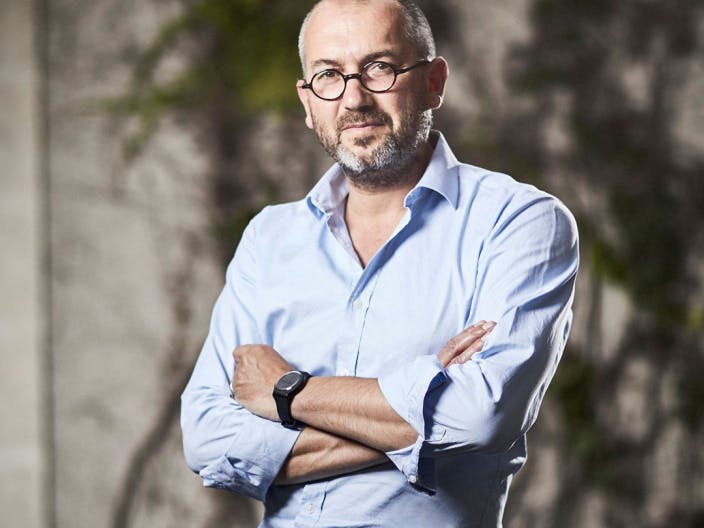About the producer
The Margaux property has a history stretching back to the 17th century. Originally part of Ch. d’Issan, the vineyards were separated and what is now Ch. Palmer became Ch. de Gascq. Owner Madame de Gascq, who apparently boasted that her wines were as good as Château Lafite’s, sold the property to Charles Palmer, a British field officer in the Duke of Wellington’s army, in 1814.
